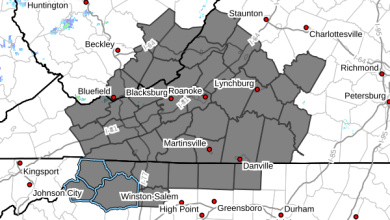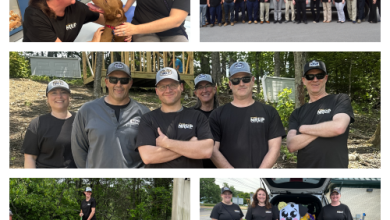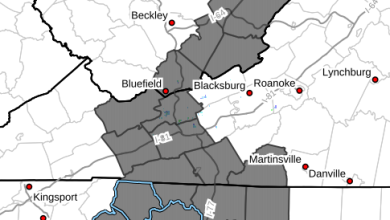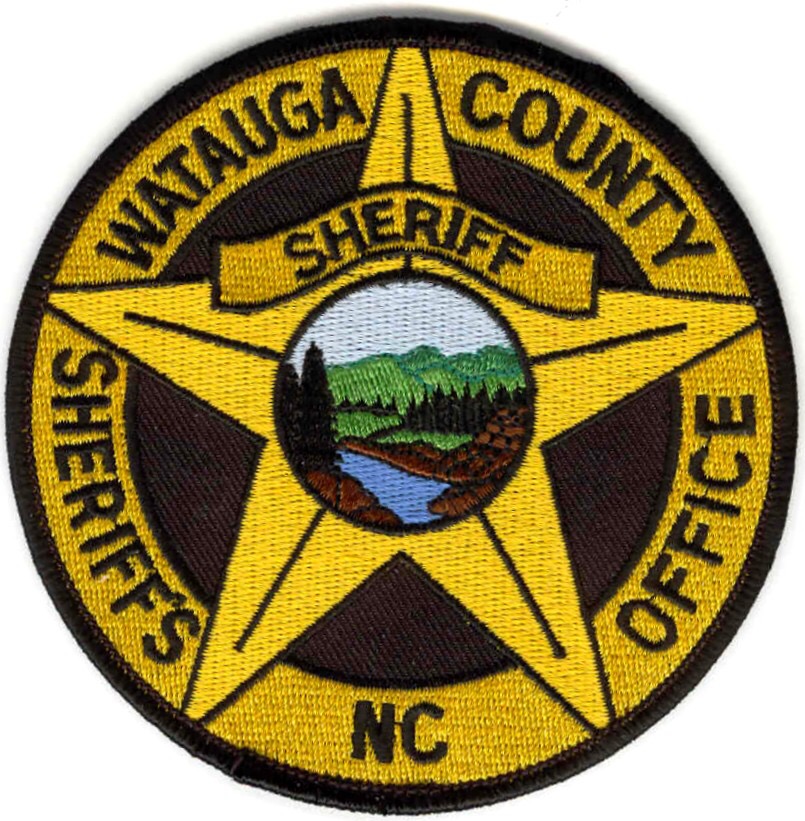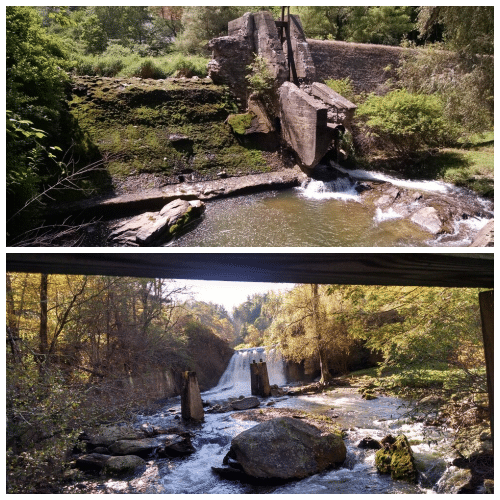
Last Updated on February 12, 2022 6:16 pm
Boone, NC
A unique partnership between Resource Institute, a Winston-Salem NC based nonprofit, and Appalachian State University, New River Light & Power (NRLP) will restore a section of Payne Branch, along the Middle Fork of the New River. This section of stream flows through the decommissioned Payne Branch hydroelectric dam, located just east of Boone at Payne Branch Park.
NRLP supplies electrical service to Appalachian State University, the Town of Boone and the surrounding community. The Payne Branch dam was once used as a power source for the NRLP service area (1924–72), according to Matthew Makdad, PE, Engineering Supervisor at NRLP. “The watershed upstream of the site has been impacted by development and highway expansion,” he explained. “This, plus the remaining dam structure, has subsequently restricted the Middle Fork, causing increased stormwater flow and sediment levels that are impacting the water quality in this habitat.”

Payne Branch suffers from multiple physical, ecological, and biological impacts. The old dam structure restricts streamflow, causing increased stormwater flow and sediment levels, poor water quality, and reduced habitat. The Payne Branch Project will remove the existing dam, remove excess sediment, restore and stabilize stream banks, reconnect and enhance the floodplain and ponds, and allow upstream fish passage for spawning. The project will also establish a riparian buffer, remove invasive plant species and reestablish native plants, trees and shrubs.

Appalachian State University, NRLP with assistance from Resource Institute, received a $1.177 million grant from the NC Clean Water Management Trust Fund to implement the project. NRLP will contribute an additional $200,000 to the effort. Brushy Fork Environmental Consulting, Inc. completed the assessment, engineering, and design. Construction begins in July (weather dependent) with an expected completion date of Fall 2020.
Resource Institute, the project manager, has a 20-year history of managing stream restoration projects. Charles Anderson, Resource Institute, says the Payne Branch Project is quite complex. “There are tons of soil and sediment behind the old dam. We will take out as much sediment as possible while removing the dam. We want to minimize sediment flowing downstream because the water supply for Boone is downstream of the site. This project means a safer, cleaner water supply for the Town of Boone.”
After completion, Payne Branch will see a decrease in stormwater flows and sediment deposits. Stabilized streambanks and new riparian buffer will reduce erosion and contribute to improved water quality, enhanced habitat, and positively impact the trout fishery.
In total, 1,200 linear stream feet will be restored. The Payne Branch Project will be part of the future extension of the Greenway Trail between Boone and Blowing Rock. The project will expand community and tourist recreation opportunities.







